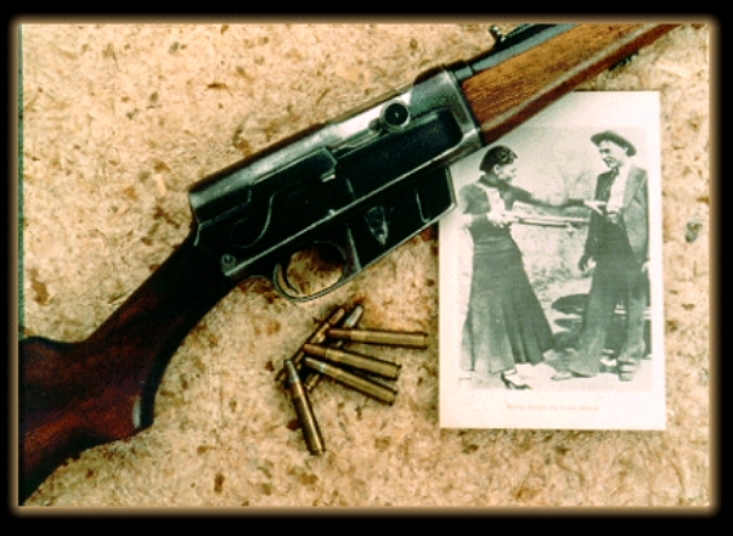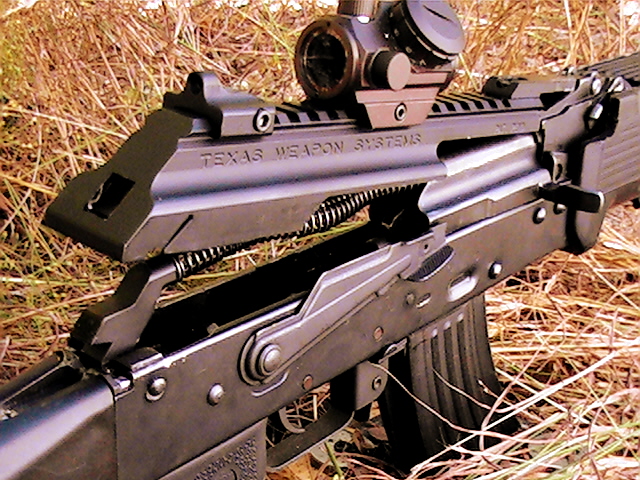Mike Irwin
Staff
"Why would you mention WW2 weapons and not look at the Mosin-Nagant rifle that preceded the AK in service?"
Why would you look at only Moisin-Nagant rifles and not the Soviet PPSh, PPD, or the PPS, all of which had the sighs behind the action port?
As a member of Soviet armor, it's likely that Kalishnakov had far more experience with one of the three Soviet submachine guns during his time in active service than with any of the various rifles.
I think those who say the sight is mounted ahead of the action port are correct...
In the AK's I've examined, both Soviet (East German, actually) full auto and various semi-auto knockoffs, the receiver cover is VERY light. It's more akin to a dust cover, and simply isn't a suitable location for mounting sights.
Why would you look at only Moisin-Nagant rifles and not the Soviet PPSh, PPD, or the PPS, all of which had the sighs behind the action port?
As a member of Soviet armor, it's likely that Kalishnakov had far more experience with one of the three Soviet submachine guns during his time in active service than with any of the various rifles.
I think those who say the sight is mounted ahead of the action port are correct...
In the AK's I've examined, both Soviet (East German, actually) full auto and various semi-auto knockoffs, the receiver cover is VERY light. It's more akin to a dust cover, and simply isn't a suitable location for mounting sights.



